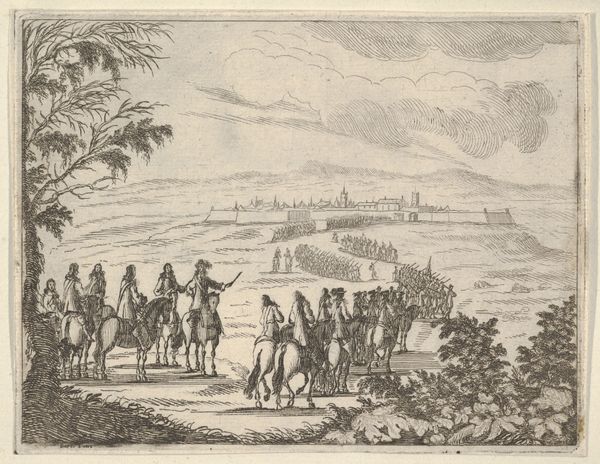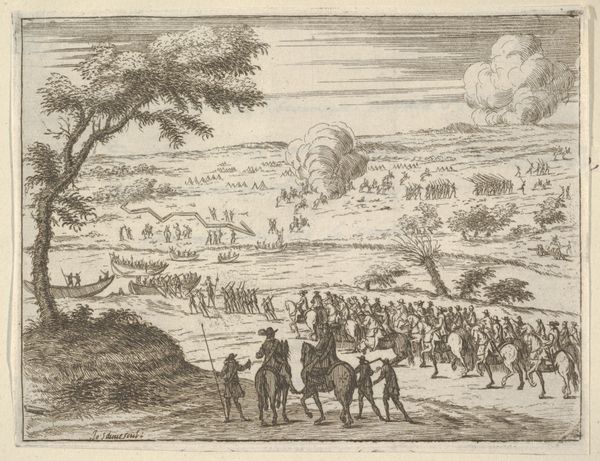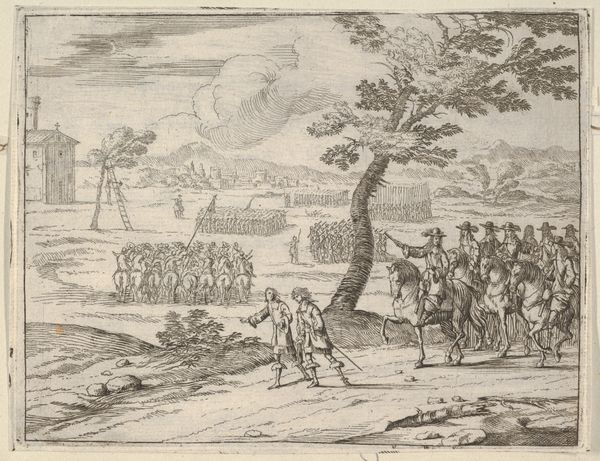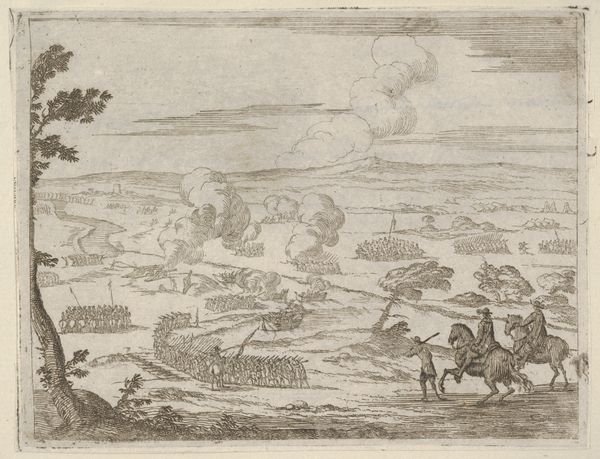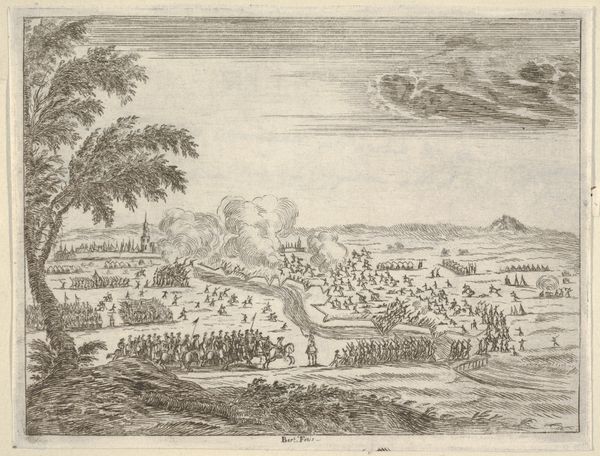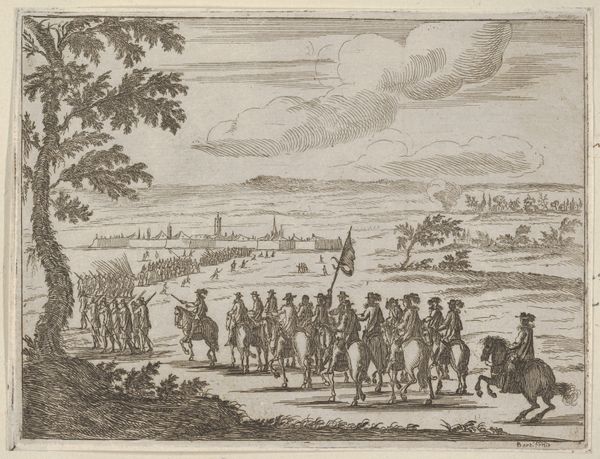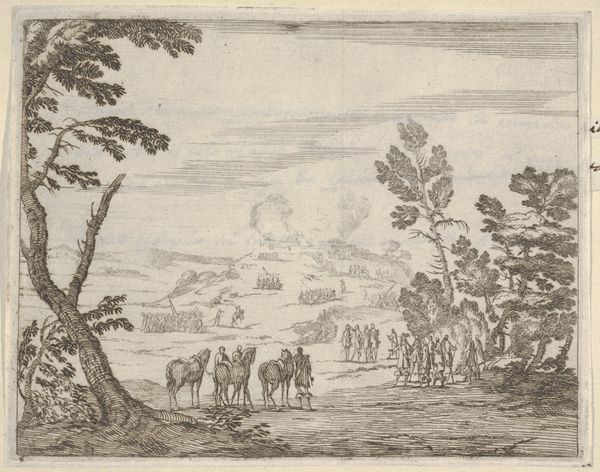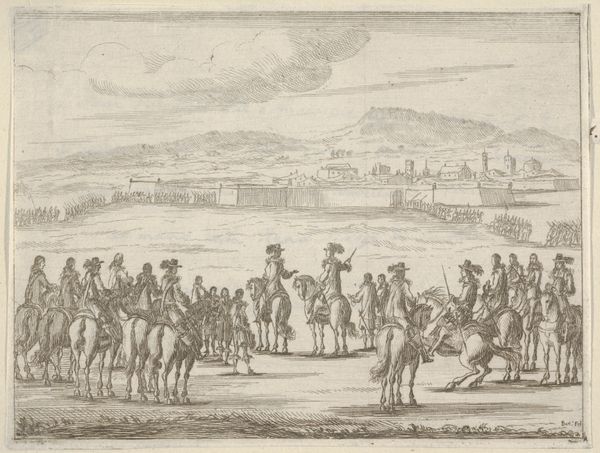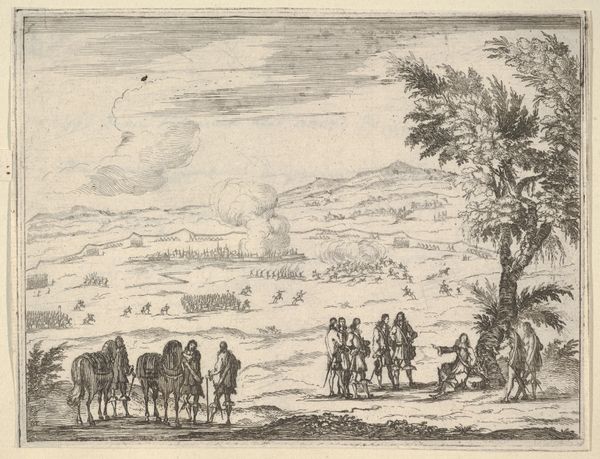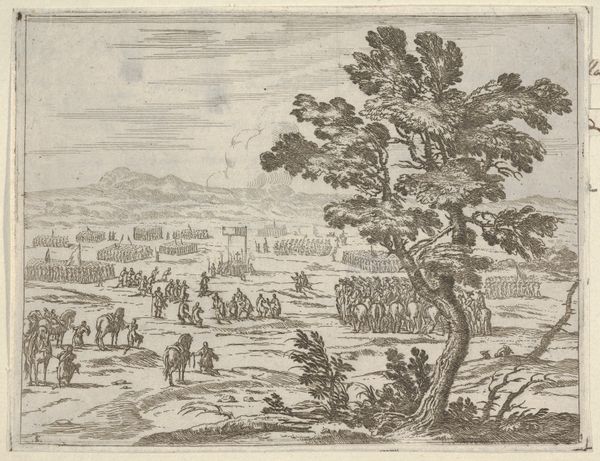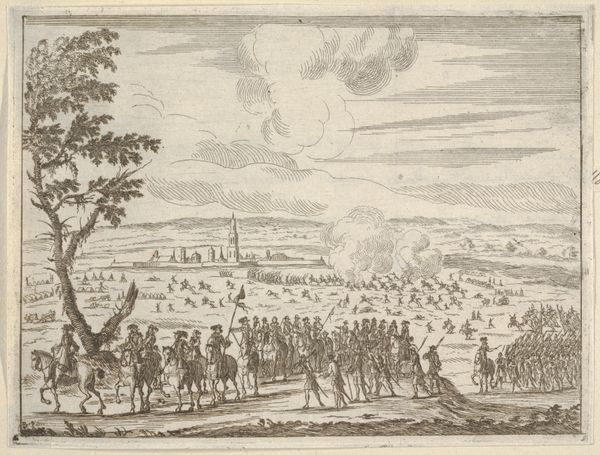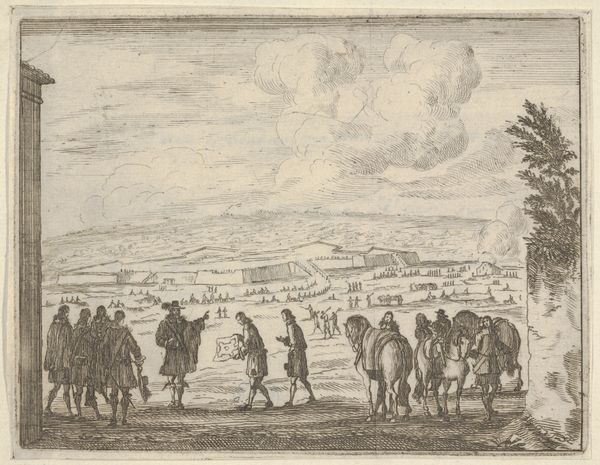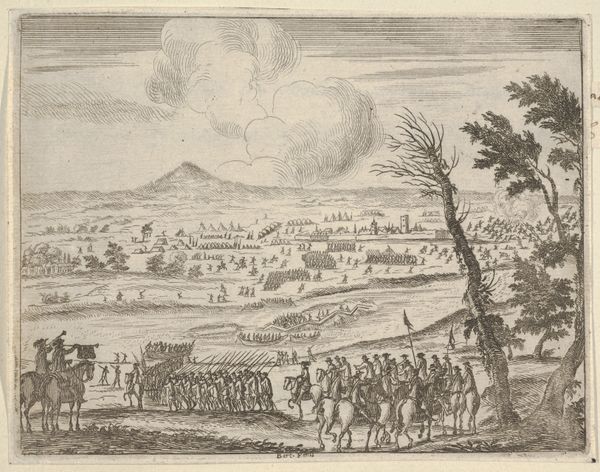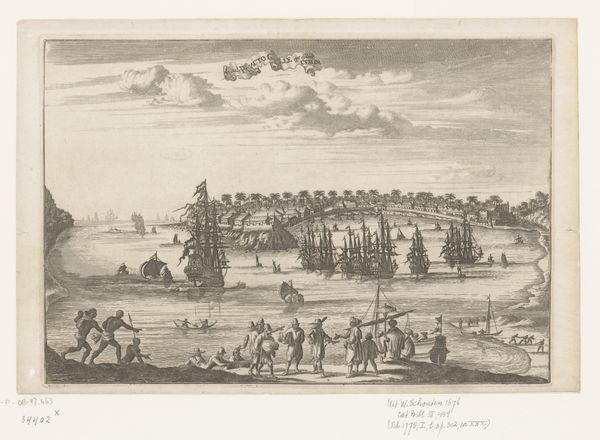![Francesco I d'Este and the French Army Besiege Valenza, which has Been Taken by the Spanish, and by Persisting with Intrepid Courage, Succeeds in the Endeavor, from L'Idea di un Principe ed Eroe Cristiano in Francesco I d'Este, di Modena e Reggio Duca VIII [...] by Bartolomeo Fenice (Fénis)](/_next/image?url=https%3A%2F%2Fd2w8kbdekdi1gv.cloudfront.net%2FeyJidWNrZXQiOiAiYXJ0ZXJhLWltYWdlcy1idWNrZXQiLCAia2V5IjogImFydHdvcmtzLzNhZWM0N2Q2LWVjMTEtNGYwNC04OGZmLTA1MTkwY2MyMzA3ZC8zYWVjNDdkNi1lYzExLTRmMDQtODhmZi0wNTE5MGNjMjMwN2RfZnVsbC5qcGciLCAiZWRpdHMiOiB7InJlc2l6ZSI6IHsid2lkdGgiOiAxOTIwLCAiaGVpZ2h0IjogMTkyMCwgImZpdCI6ICJpbnNpZGUifX19&w=3840&q=75)
Francesco I d'Este and the French Army Besiege Valenza, which has Been Taken by the Spanish, and by Persisting with Intrepid Courage, Succeeds in the Endeavor, from L'Idea di un Principe ed Eroe Cristiano in Francesco I d'Este, di Modena e Reggio Duca VIII [...] 1659
0:00
0:00
drawing, print, etching, ink
#
drawing
#
narrative-art
#
baroque
# print
#
etching
#
landscape
#
etching
#
figuration
#
ink
#
history-painting
Dimensions: Sheet: 4 15/16 × 6 7/16 in. (12.5 × 16.3 cm) Plate: 4 13/16 × 6 5/16 in. (12.2 × 16.1 cm)
Copyright: Public Domain
Curator: Here we have Bartolomeo Fenice's print, "Francesco I d'Este and the French Army Besiege Valenza," created in 1659. The detailed etching depicts a grand battle scene. Editor: It certainly conveys a sense of epic scale. The print work feels precise yet the landscape reads more ethereal, creating an interesting juxtaposition in its portrayal of warfare. Curator: Precisely. Notice how Fenice employs line to differentiate the ranks of soldiers from the sweeping landscapes and delicate suggestion of smoke. The formality of line mirrors the structured military formation. Editor: Yes, the deployment of troops becomes very clear. What is interesting, though, is the way the image's production highlights the material resources required to both stage and commemorate such events: metal plates, inks, the labor of the artist as well as that of the printing workshop. It is all carefully planned to glorify power. Curator: Indeed. And within that power structure is a controlled, baroque visual language. The artist uses the landscape to reinforce a compositional hierarchy; Francesco d'Este's central placement creates an undeniably powerful focal point. The landscape then emphasizes the Duke’s role within this military achievement. Editor: But looking at the larger scale, I keep thinking about the engraver's hands and the socio-economic conditions that necessitated works like this to broadcast narratives of power. Beyond simply showing the scene, it actively participates in manufacturing an idealized version of Francesco's leadership for the public. How was this print distributed, what did it cost, who consumed it? Curator: All interesting questions that demonstrate the reach of image and propaganda. As a print, the dissemination of this artwork surely contributed to shaping perceptions of the Duke’s influence across different social strata. Its visual construction undeniably supported Baroque notions of heroism and power, using design to shape and control its reception. Editor: Well said. Reflecting on the materiality really offers a window into understanding art not just as a mirror but as an active agent in its socio-political environment. Curator: And by examining those structures and that image-making, we can then truly deconstruct its intended effect on audiences, then and now.
Comments
No comments
Be the first to comment and join the conversation on the ultimate creative platform.
